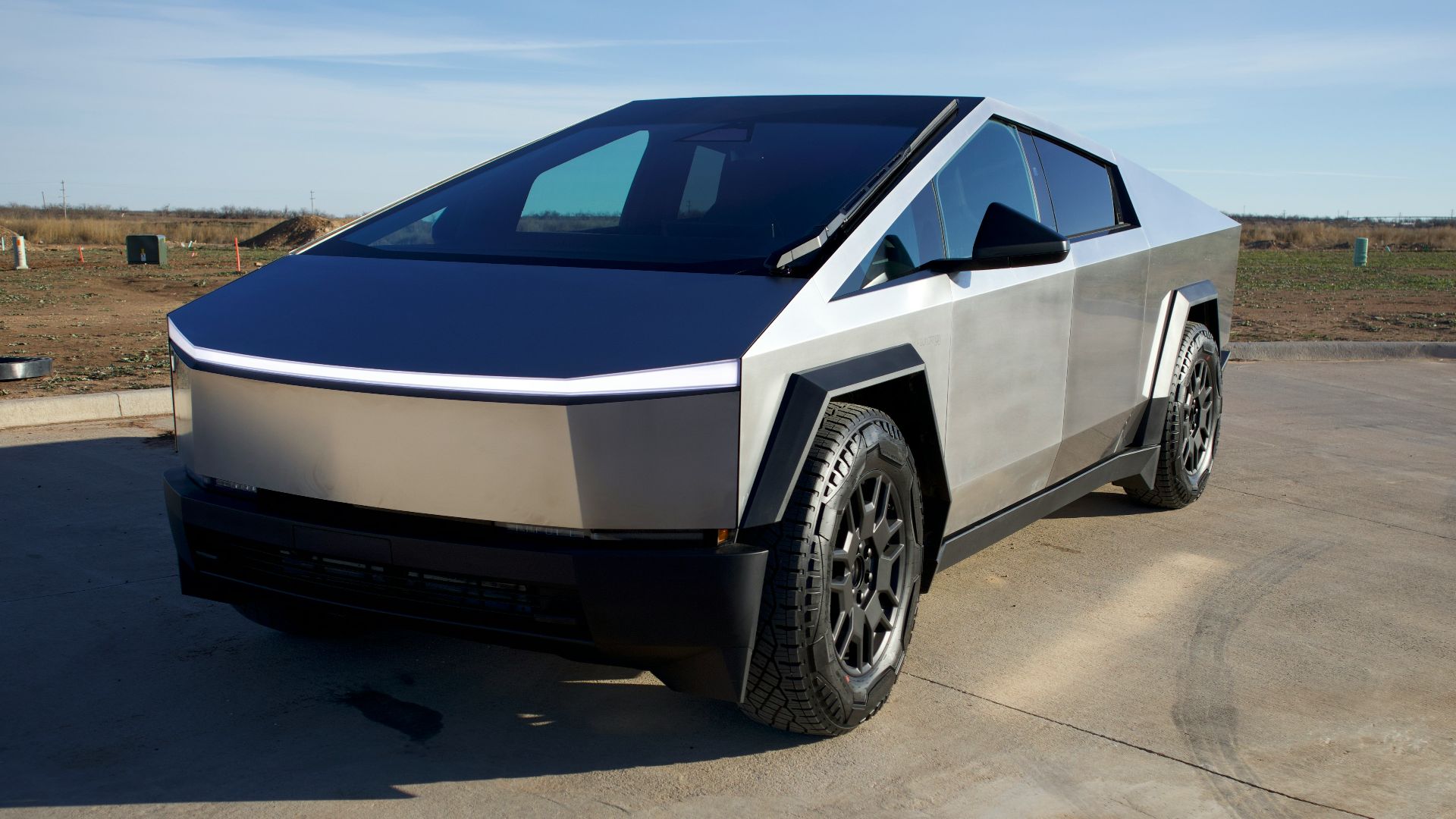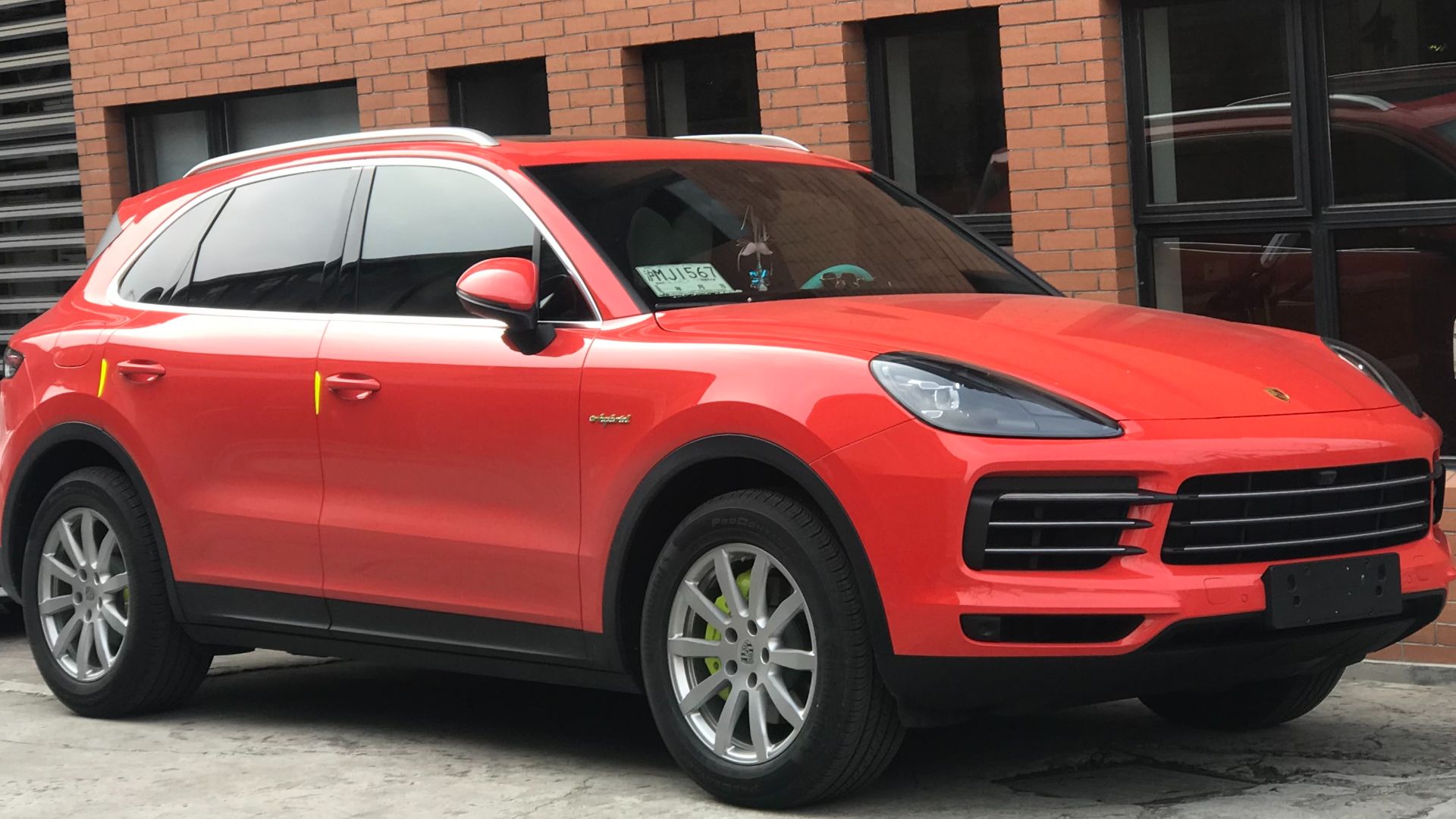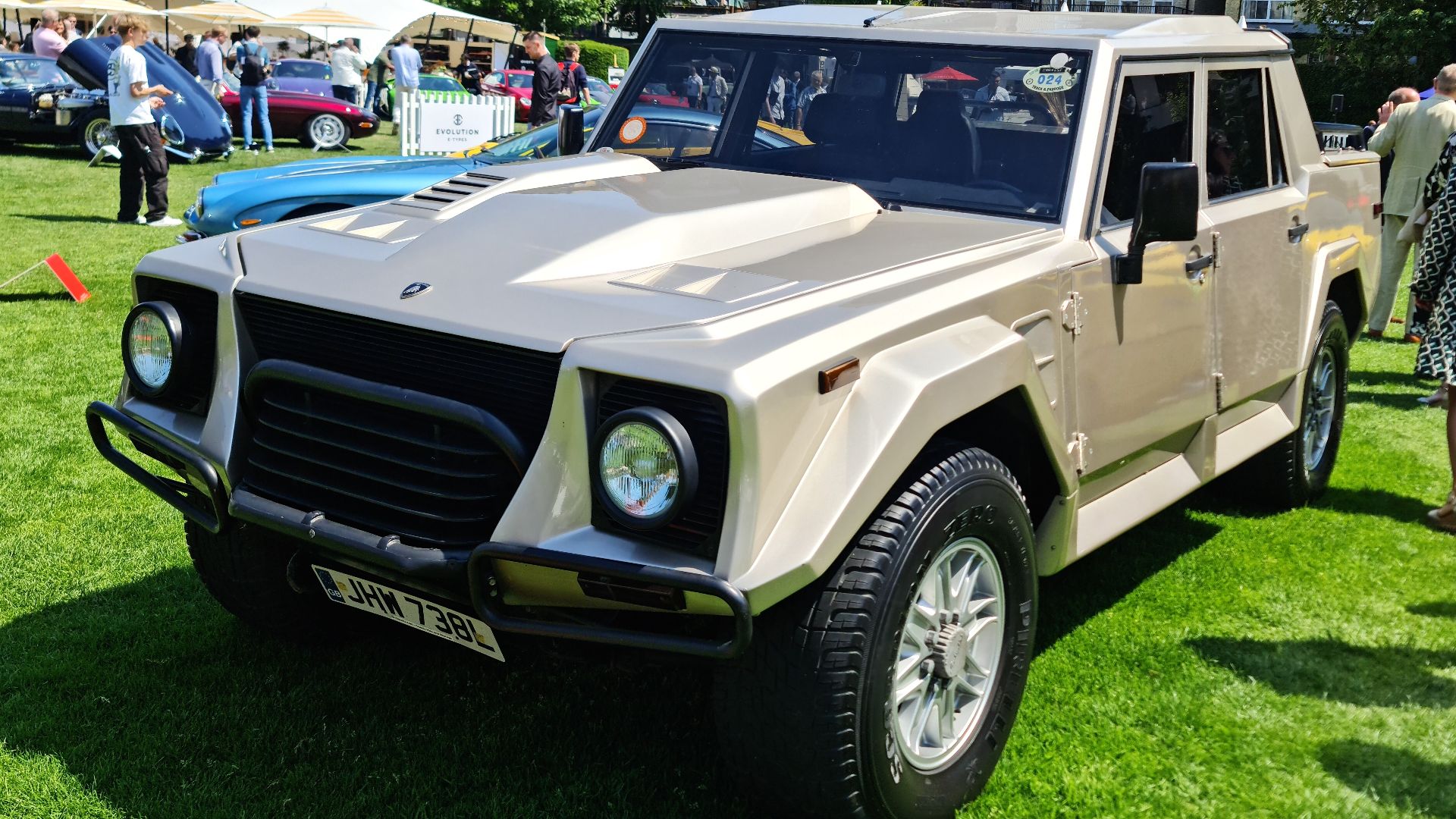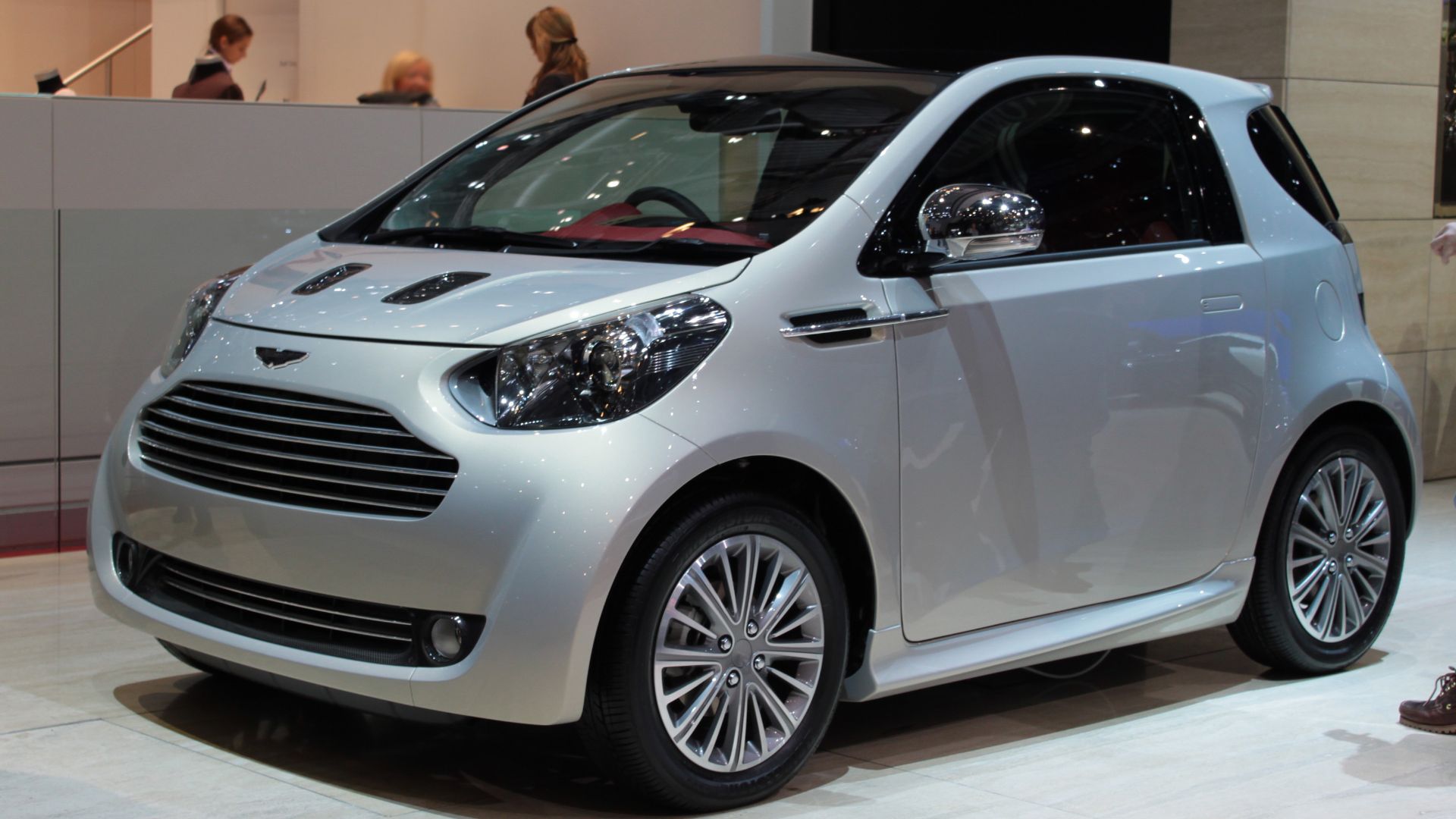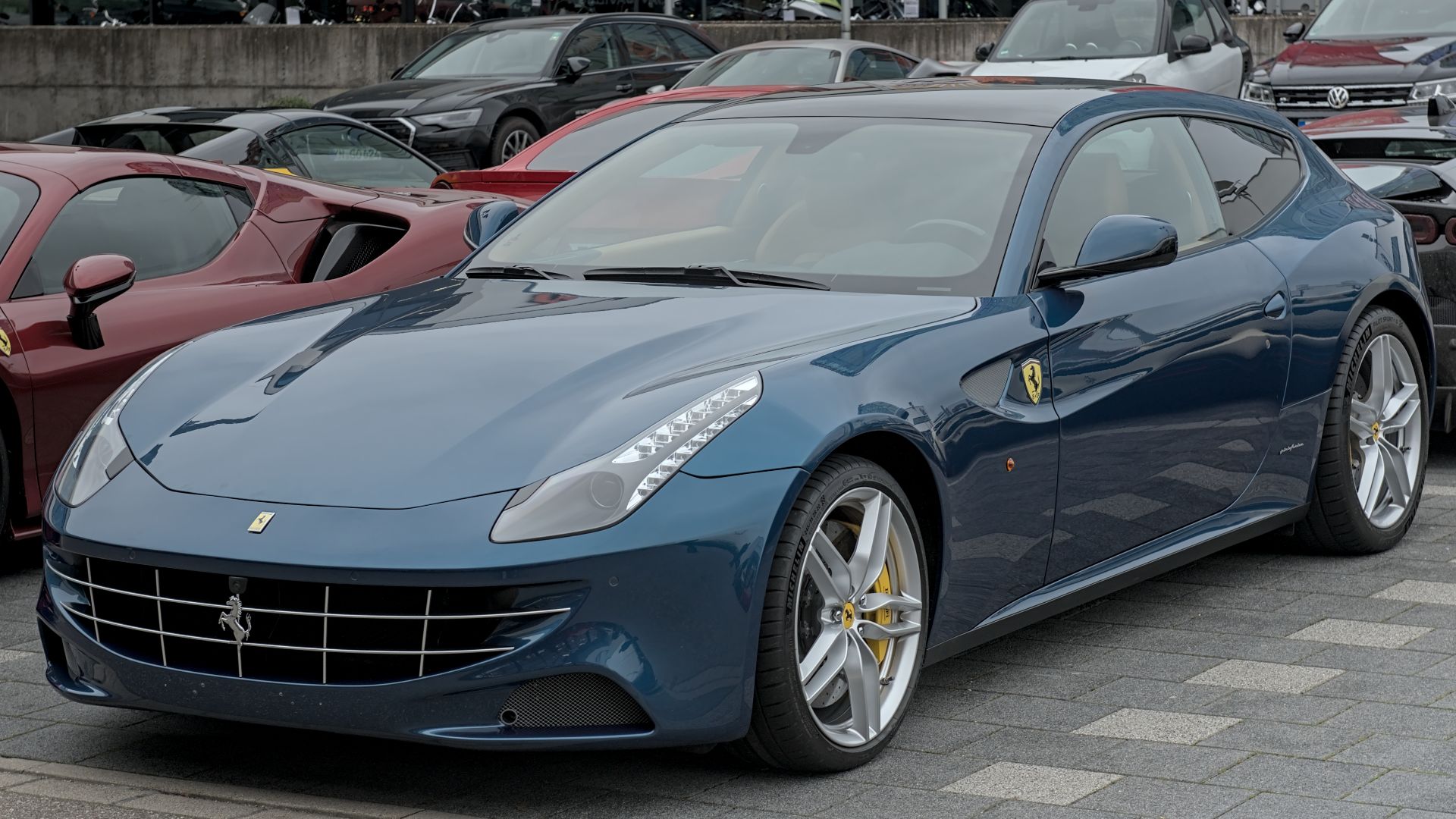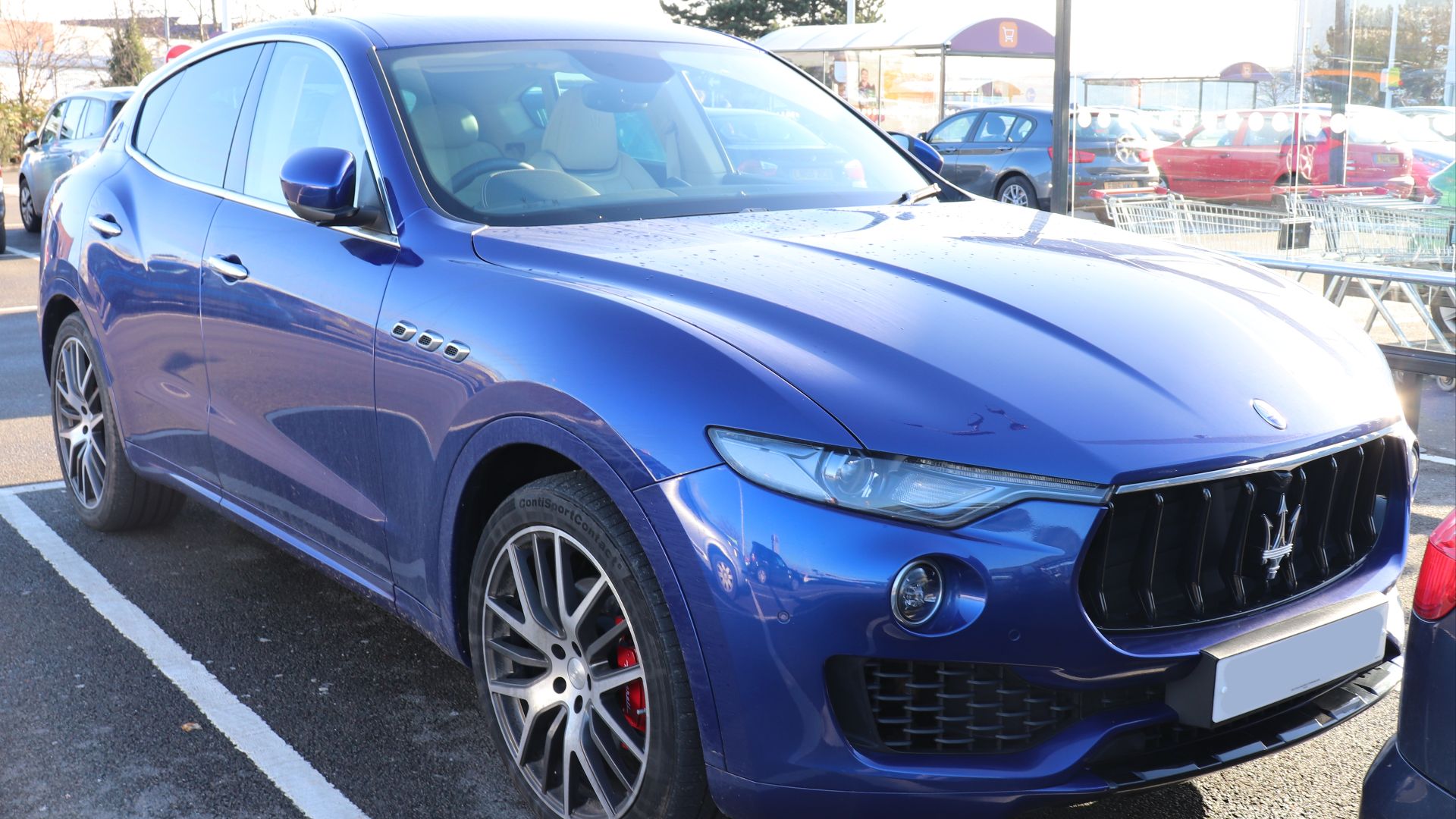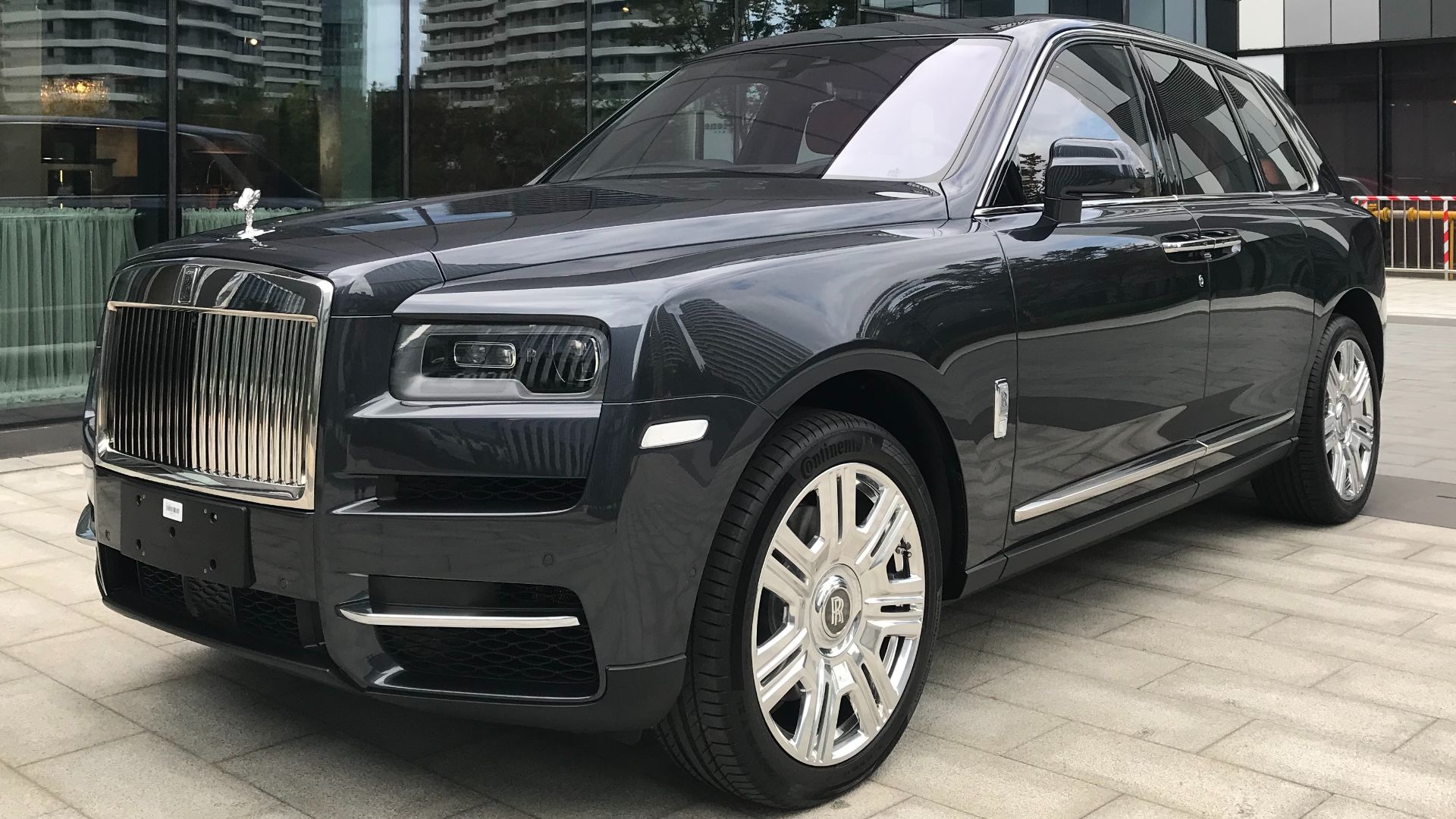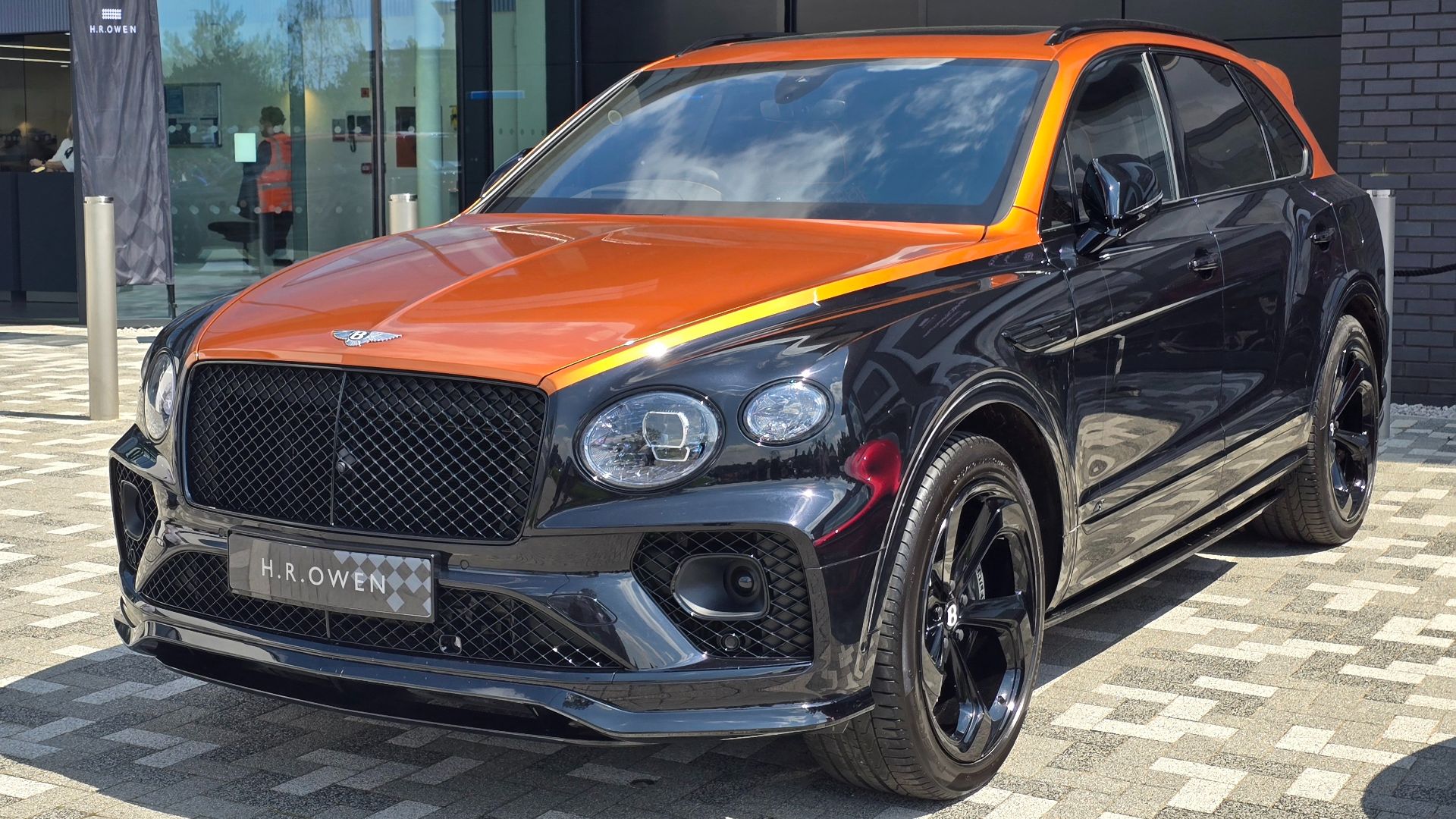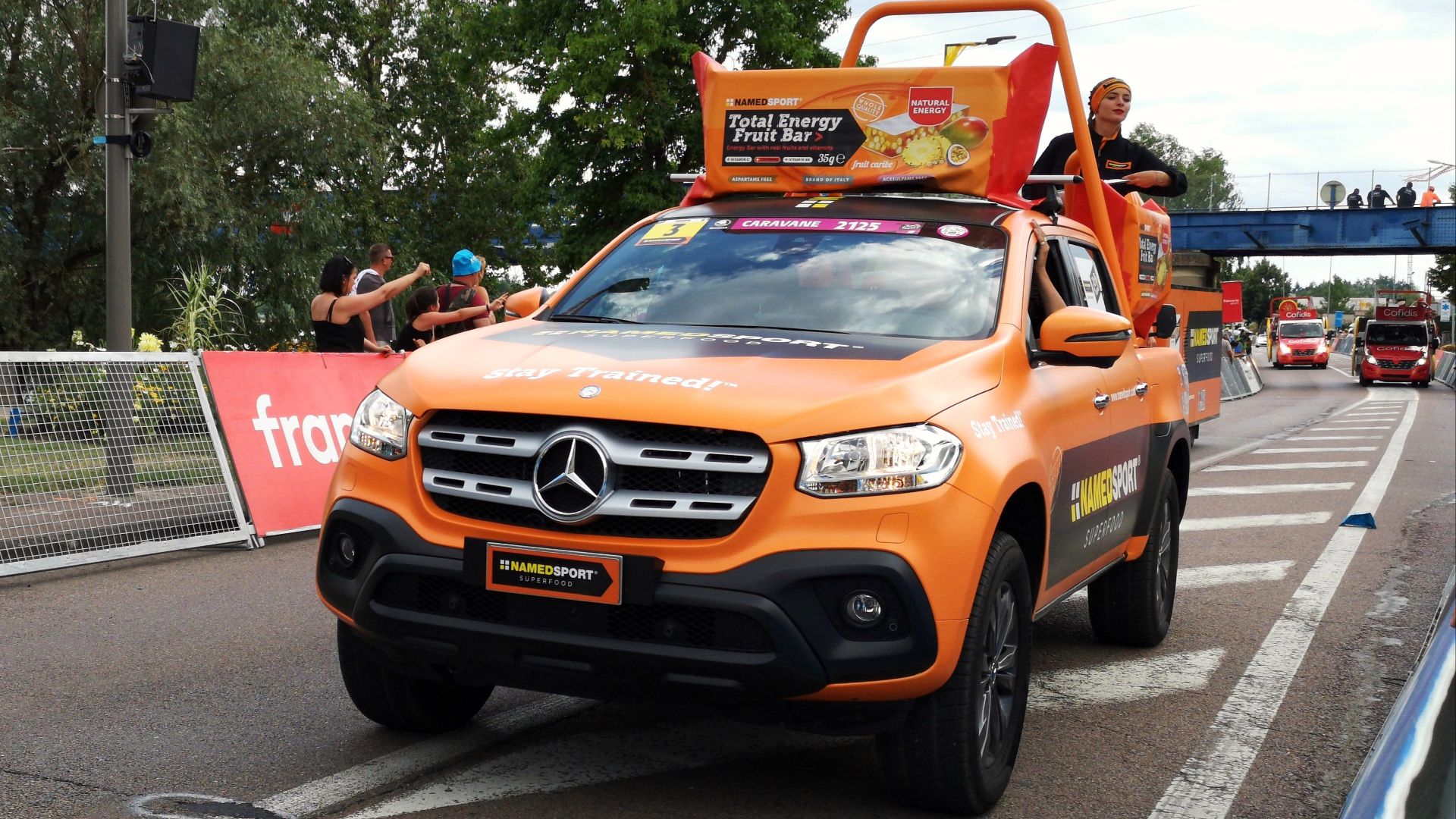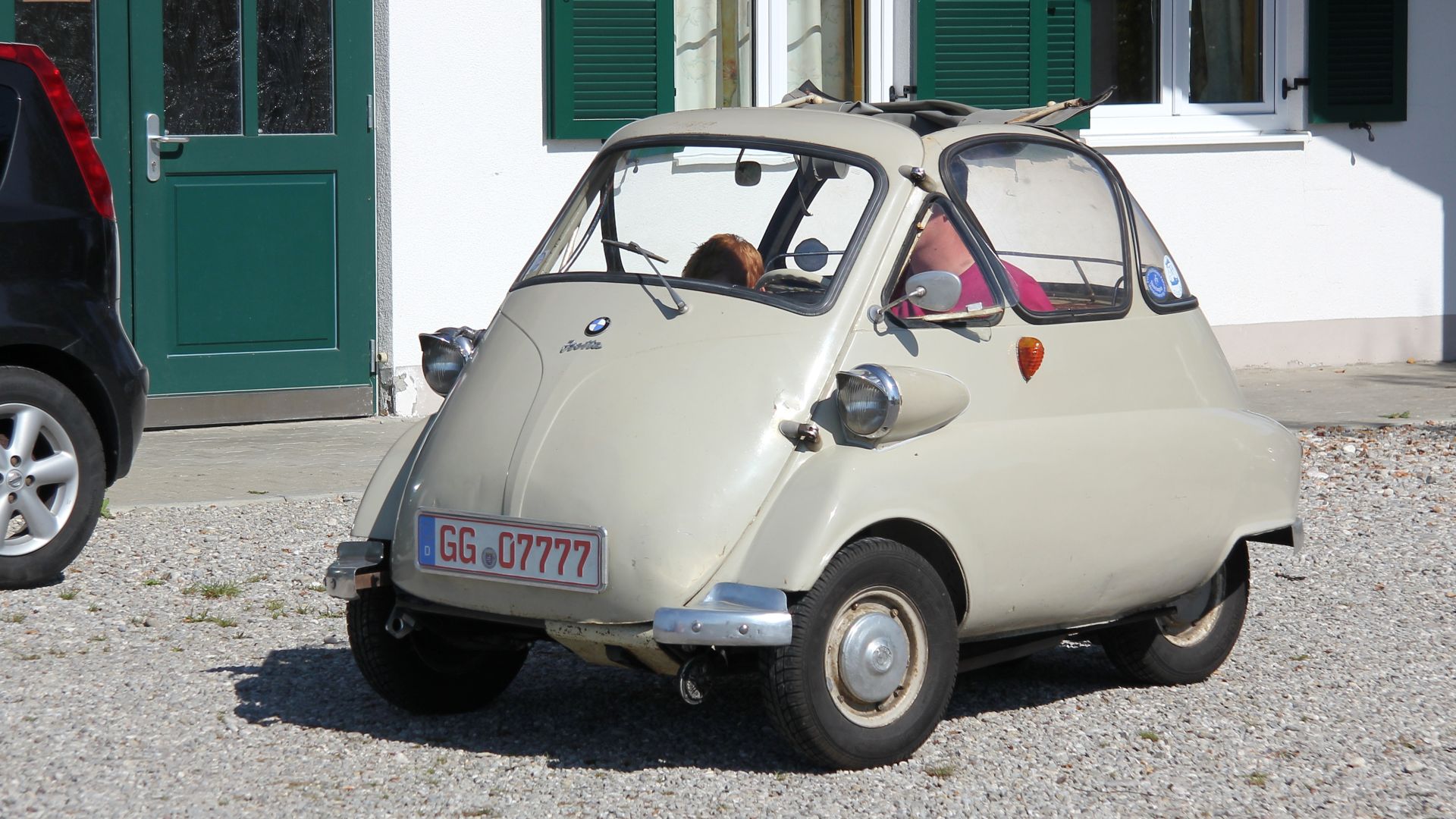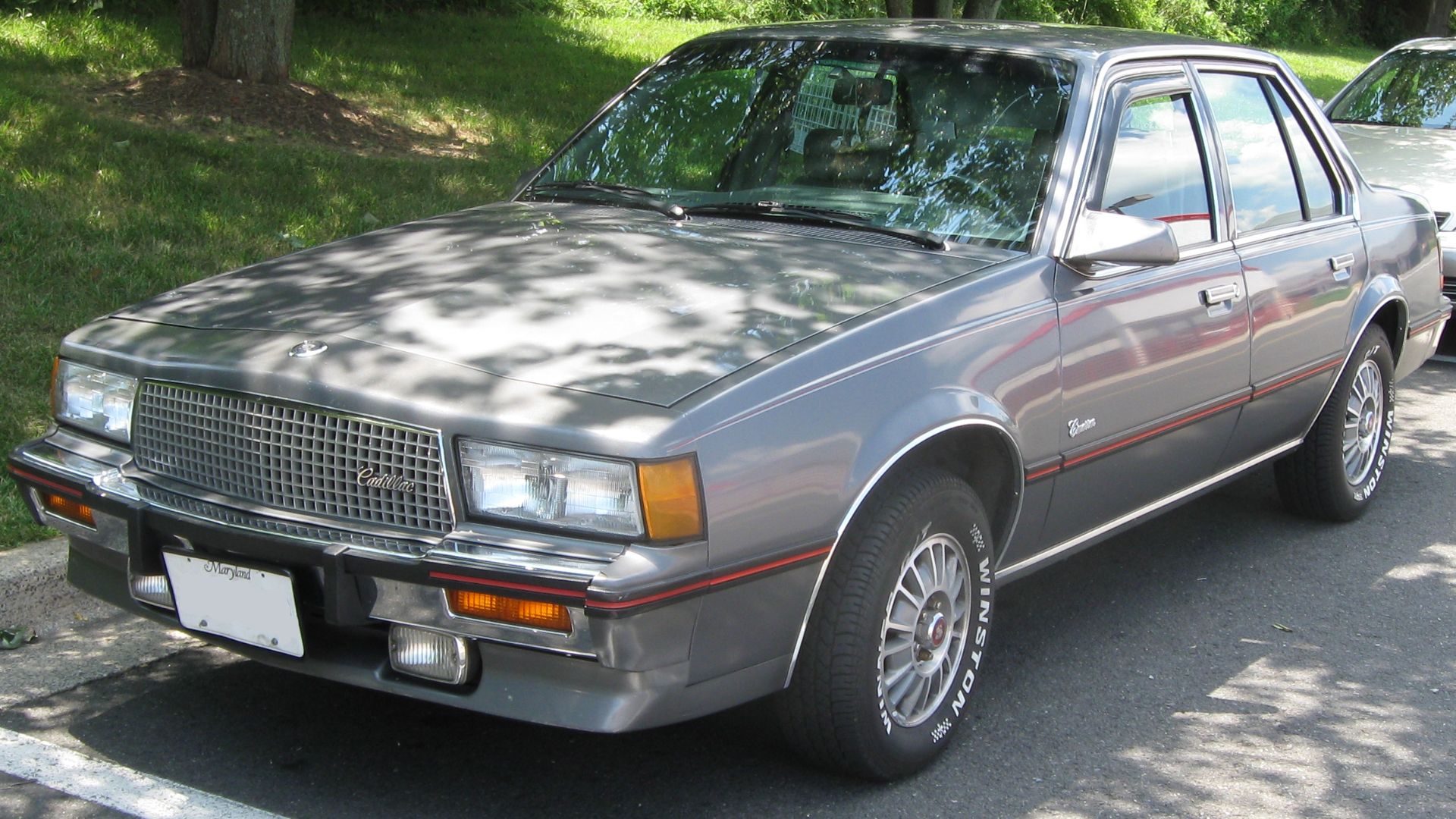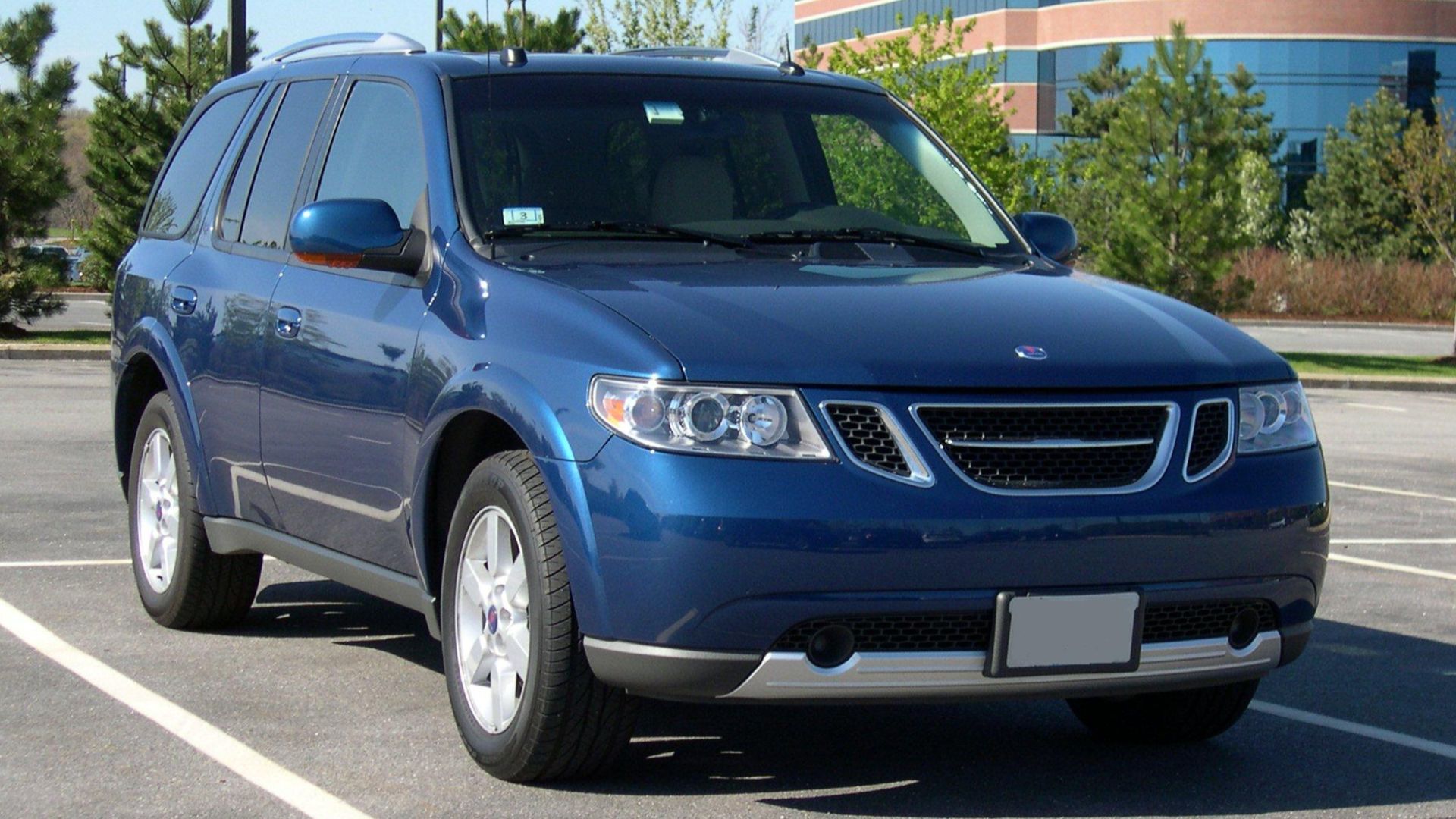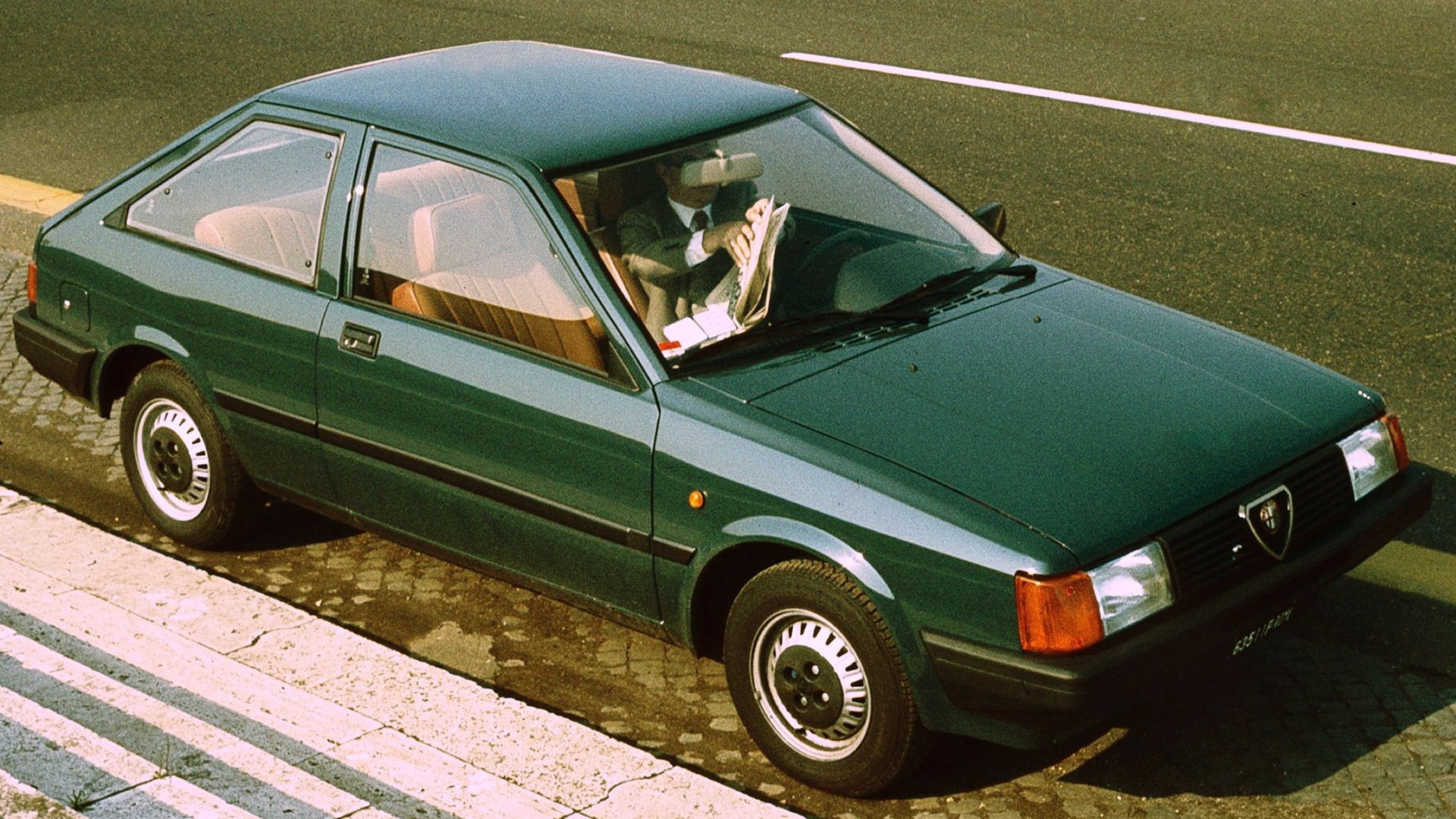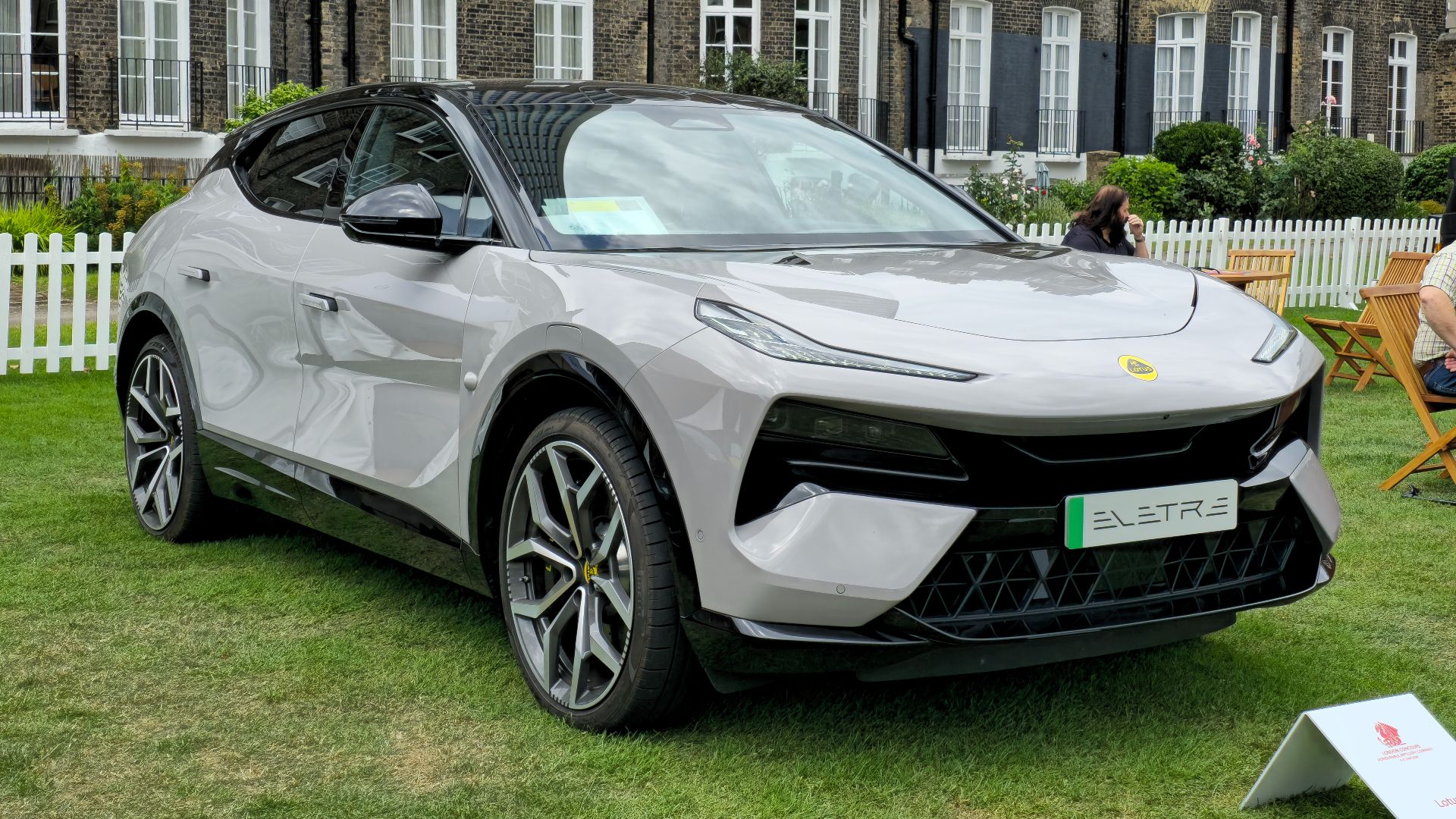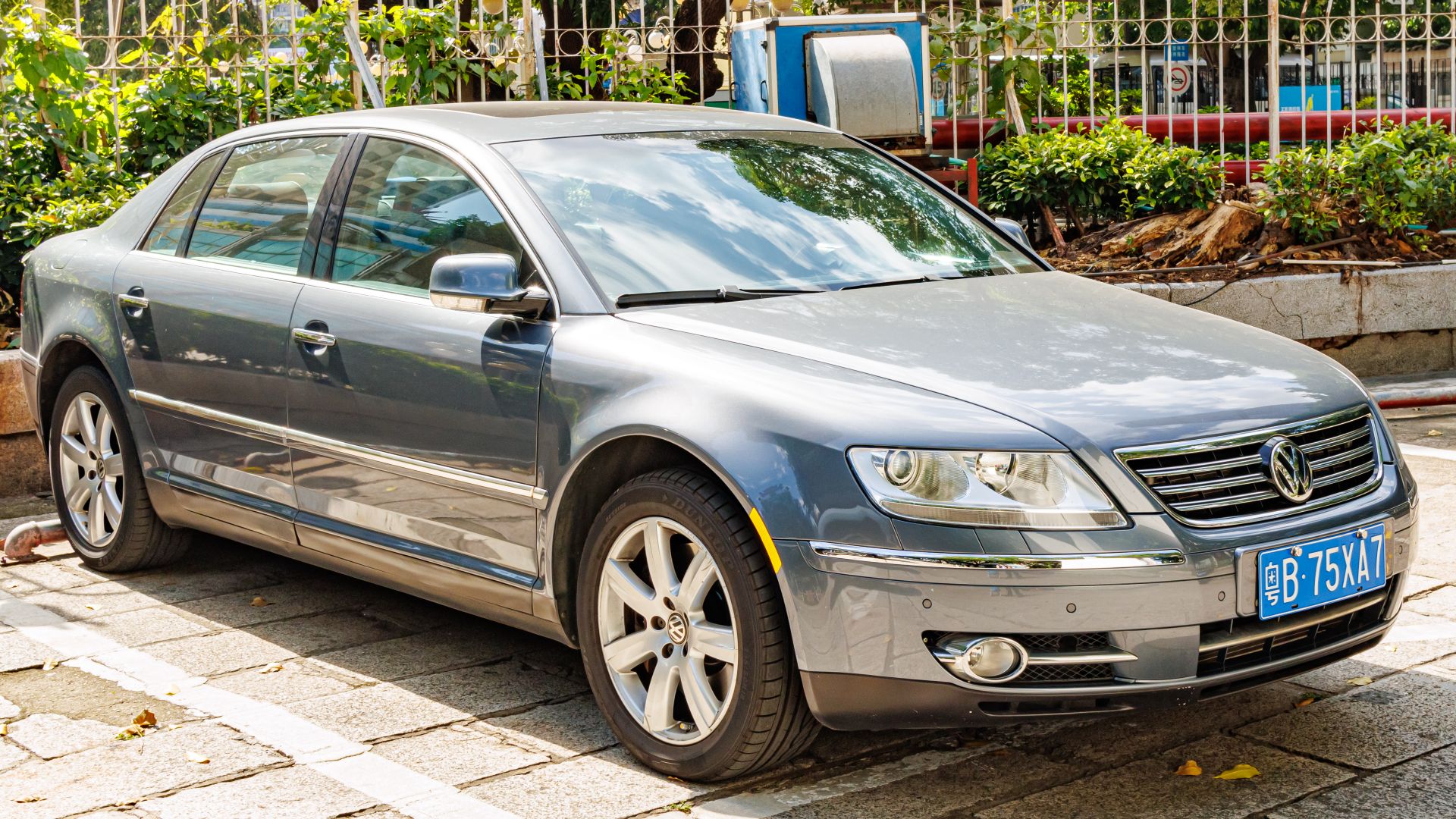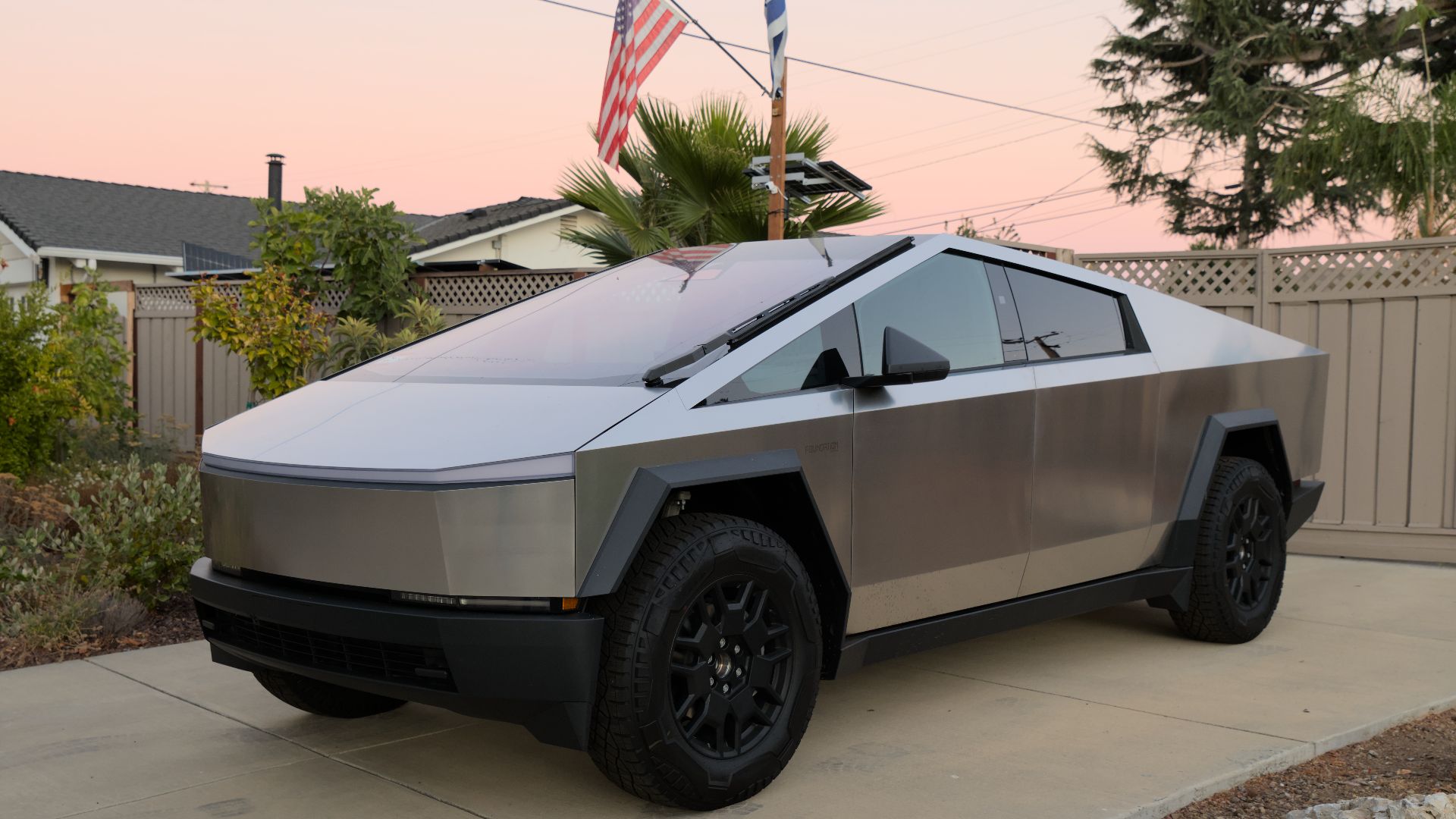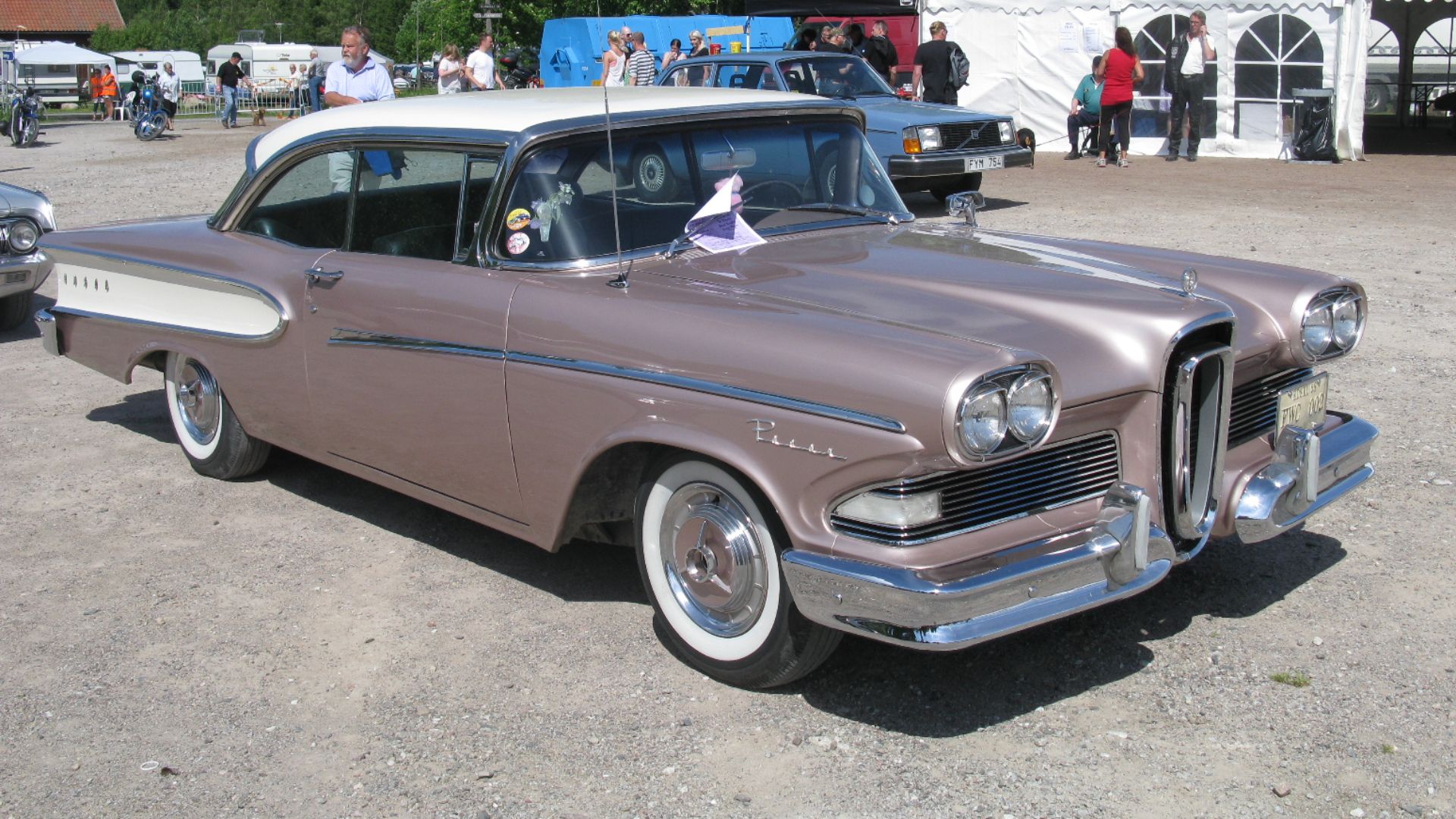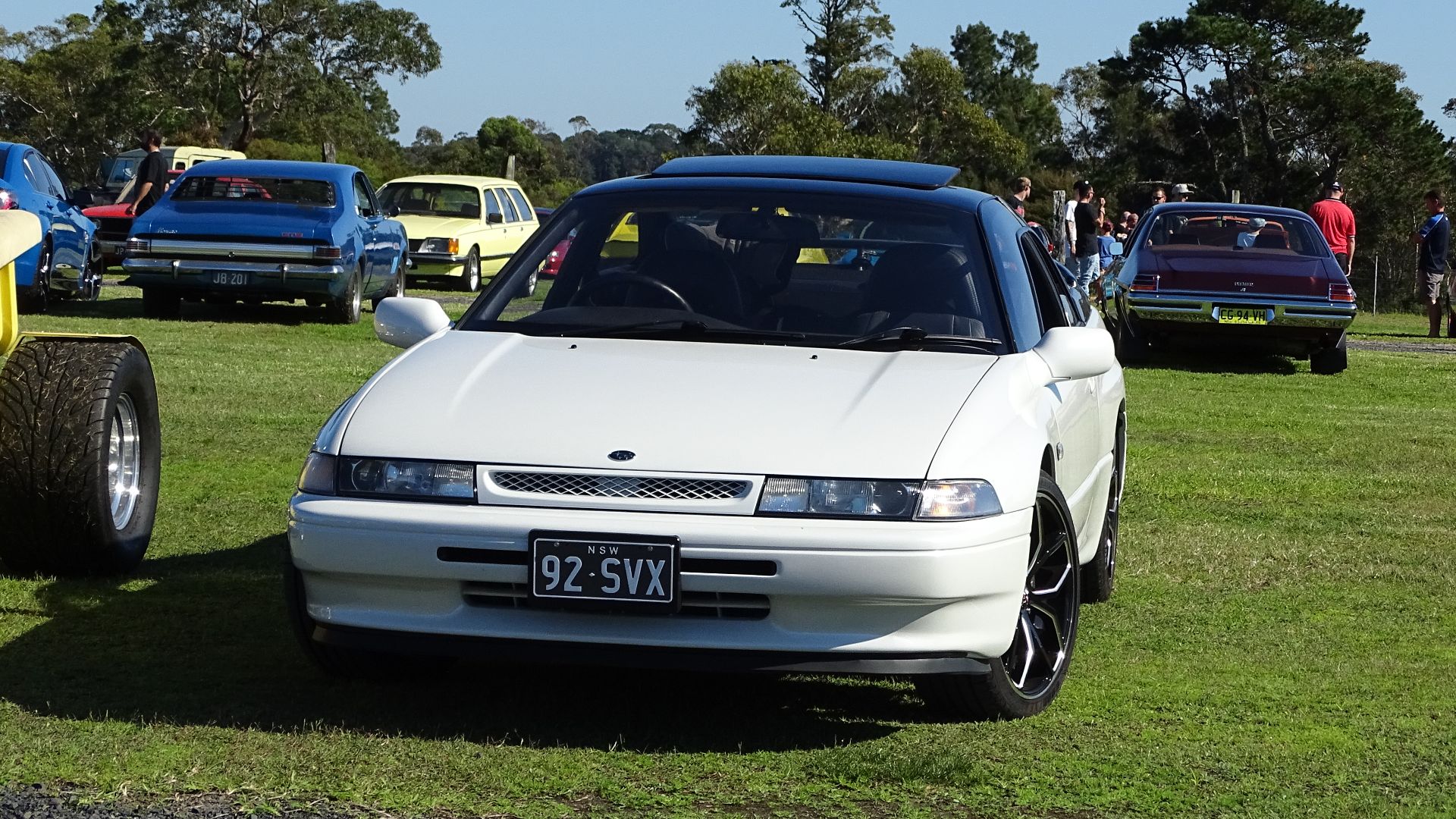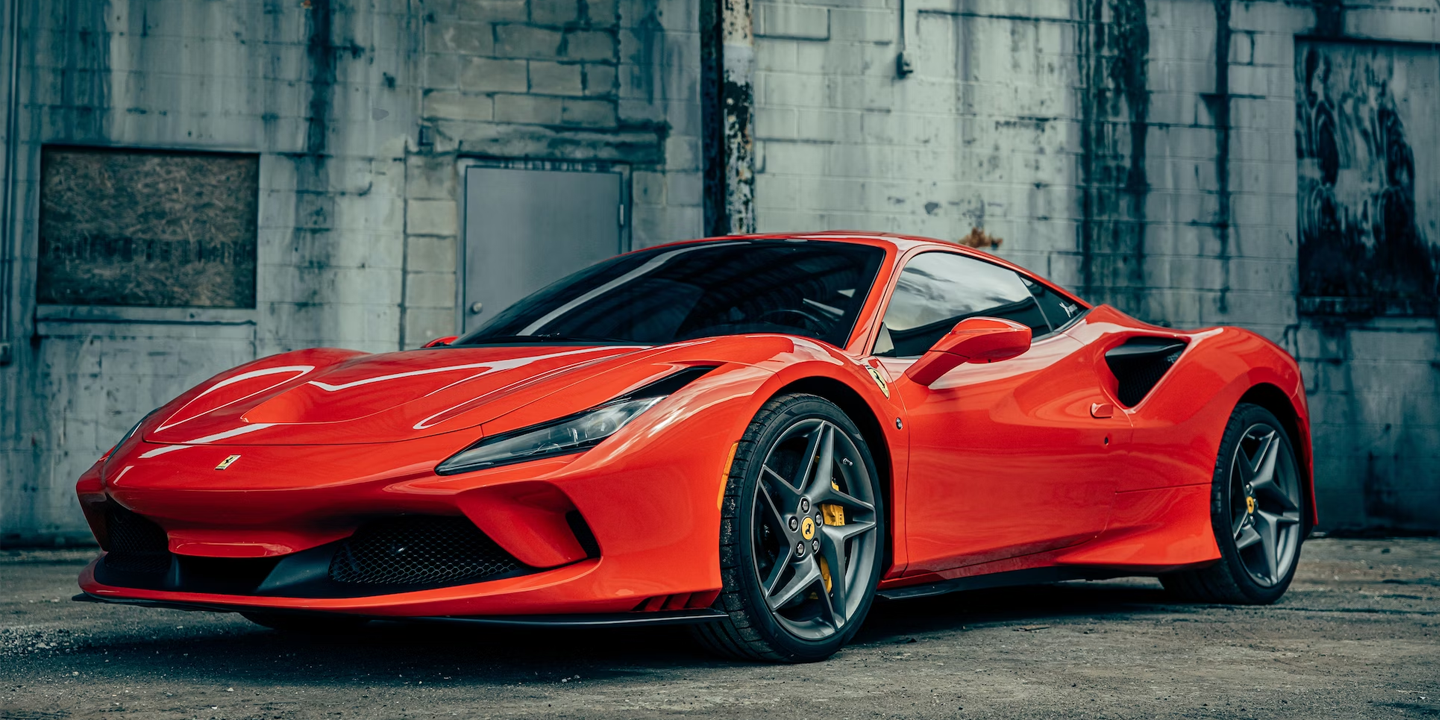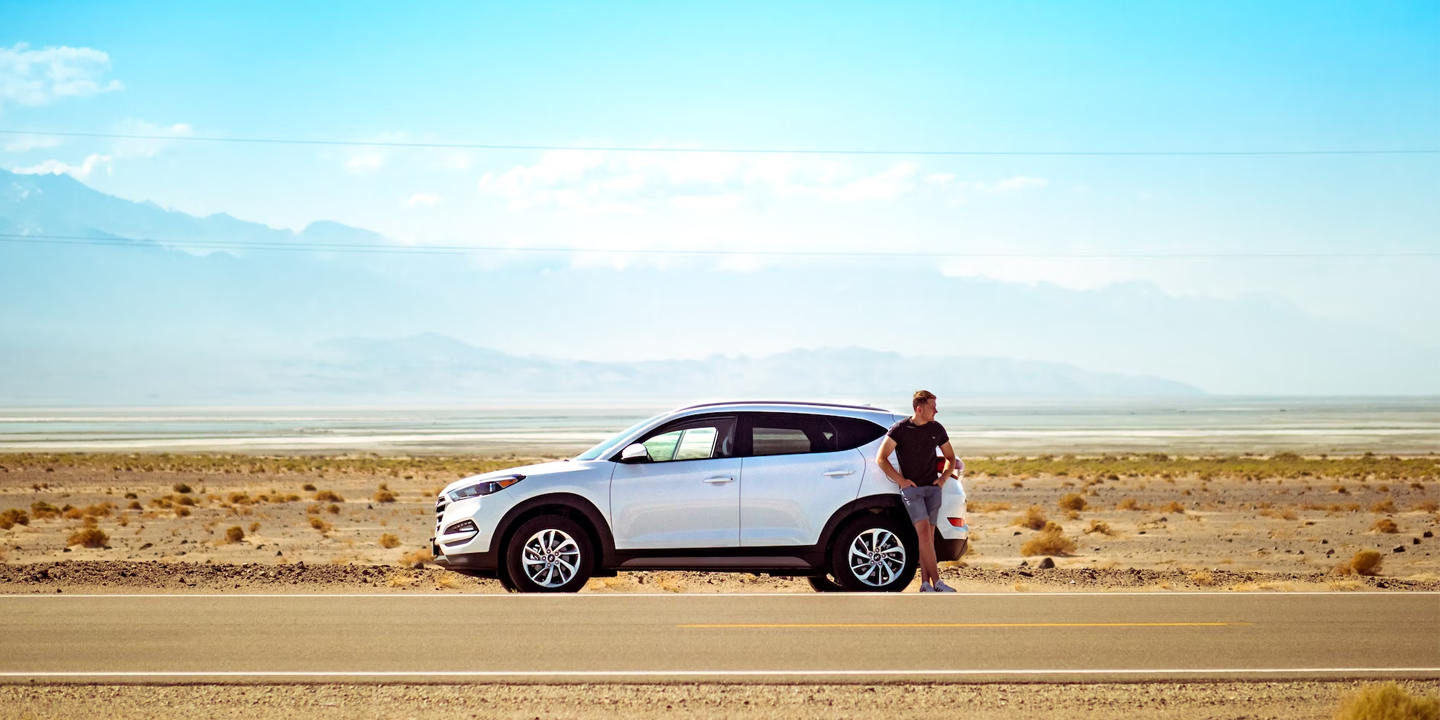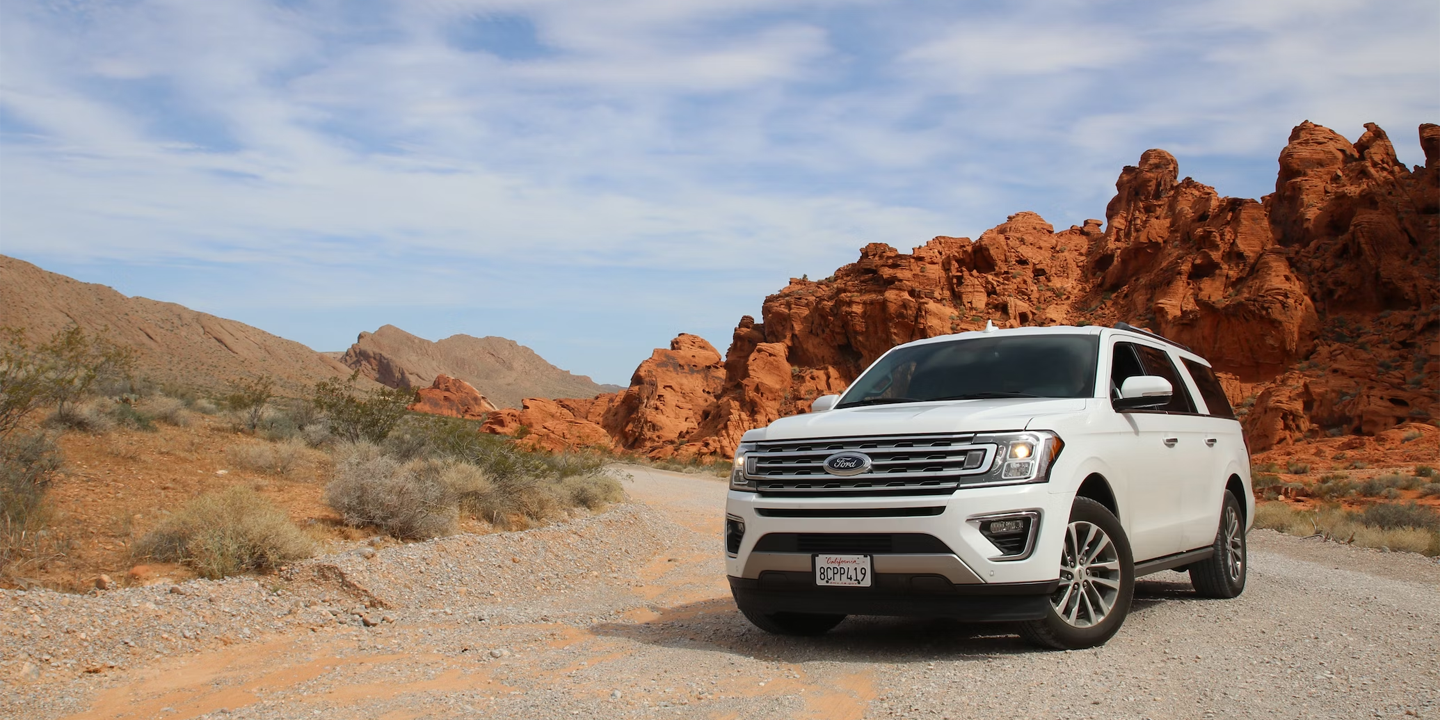When Brands Break Character
Car companies build reputations around a certain identity, so when they suddenly release a model that doesn’t fit, people notice. Sometimes it’s bold innovation, other times it feels awkward or out of place. Over the years, automakers have surprised drivers with vehicles that left many scratching their heads. Curious which cars stood out as completely off-brand? These 20 models are the clearest examples.
1. Porsche Cayenne
When Porsche announced an SUV in 2002, fans thought the world had ended. The Cayenne didn’t just look out of place; it outsold the 911 within a few years. Many enthusiasts swore it wasn’t a “real Porsche,” yet it single-handedly saved the company from financial collapse.
2. Lamborghini LM002
Nicknamed the “Rambo Lambo,” this beast from 1986 looked nothing like Lamborghini’s sleek supercars. With a Countach V12 stuffed under the hood, it was absurdly overpowered for an off-roader. Fewer than 330 were ever built, making it a bizarre and rare chapter in Lambo history.
3. Aston Martin Cygnet
Aston Martin making a rebadged Toyota city car? Yes, that happened in 2011. The Cygnet existed purely to help meet emissions rules, but it cost three times more than the Toyota iQ it was based on. Unsurprisingly, buyers didn’t flock to it, and production ended quickly.
4. Ferrari FF
Ferrari pitched the FF in 2011 as a “family-friendly” option—words no one expected from Maranello. It was a shooting-brake with all-wheel drive, and although some didn’t like the design, it could still smash past 200 mph. Practical and outrageous all at once, but undeniably off-brand.
5. Maserati Levante
At first, the Levante seemed like a mismatch for Maserati. Built on Jeep Grand Cherokee bones and even offered as a diesel, it challenged expectations in 2016. Yet buyers embraced it, and the SUV went on to dominate Maserati’s sales.
6. Rolls-Royce Cullinan
For a brand known for ultra-luxury sedans, an SUV seemed unthinkable. But in 2018, Rolls unveiled the Cullinan, a 6,000-pound fortress on wheels. Named after the world’s largest diamond, it came with a price tag well over $400,000. Critics groaned, but buyers lined up.
7. Jaguar X-Type
In 2001, Jaguar tried to go downmarket with the Ford-based X-Type. The car was meant to attract younger buyers, but purists rejected it as “too much Ford, not enough Jag.” Sales tanked, and today it’s remembered as one of the brand’s lowest points.
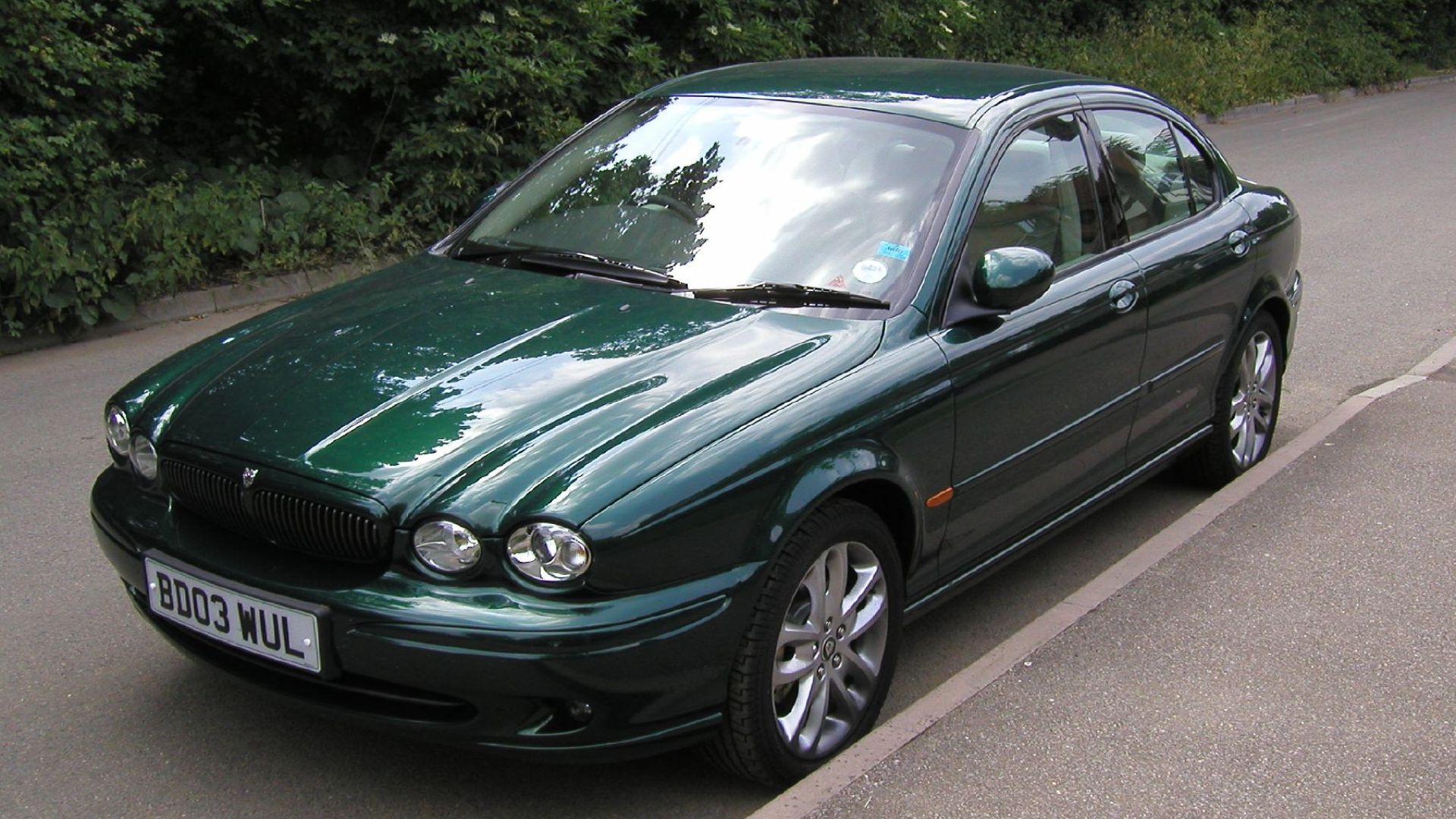 Brian Snelson from Hockley, Essex, England on Wikimedia
Brian Snelson from Hockley, Essex, England on Wikimedia
8. Bentley Bentayga
The idea of a Bentley SUV once sounded absurd. Then the 2015 Bentayga arrived, blending Audi and Porsche DNA with unmatched luxury inside. Buyers could even spec a $160,000 dashboard clock, a detail that captured Bentley’s willingness to redefine its boundaries.
9. Mercedes-Benz X-Class
When Mercedes revealed a pickup in 2017, jaws dropped. The X-Class was based on the Nissan Navara, which made it feel far less premium than the three-pointed star suggested. Sales fizzled, and by 2020, it was discontinued, leaving behind a short and strange legacy.
10. BMW Isetta
The image of BMW screams luxury now, but the Isetta told a different story. This 1950s bubble car, with its front-opening door and two-seat layout, delivered economy and fuel efficiency. More importantly, it rescued BMW financially in the difficult years after WWII.
11. Lincoln Blackwood
Although Lincoln’s first pickup in 2002 looked bold on paper, it flopped in reality. With a carpet-lined bed (yes, carpet), it wasn’t useful for hauling anything. Buyers stayed away, and only a little over 3,000 were built before Lincoln pulled the plug.
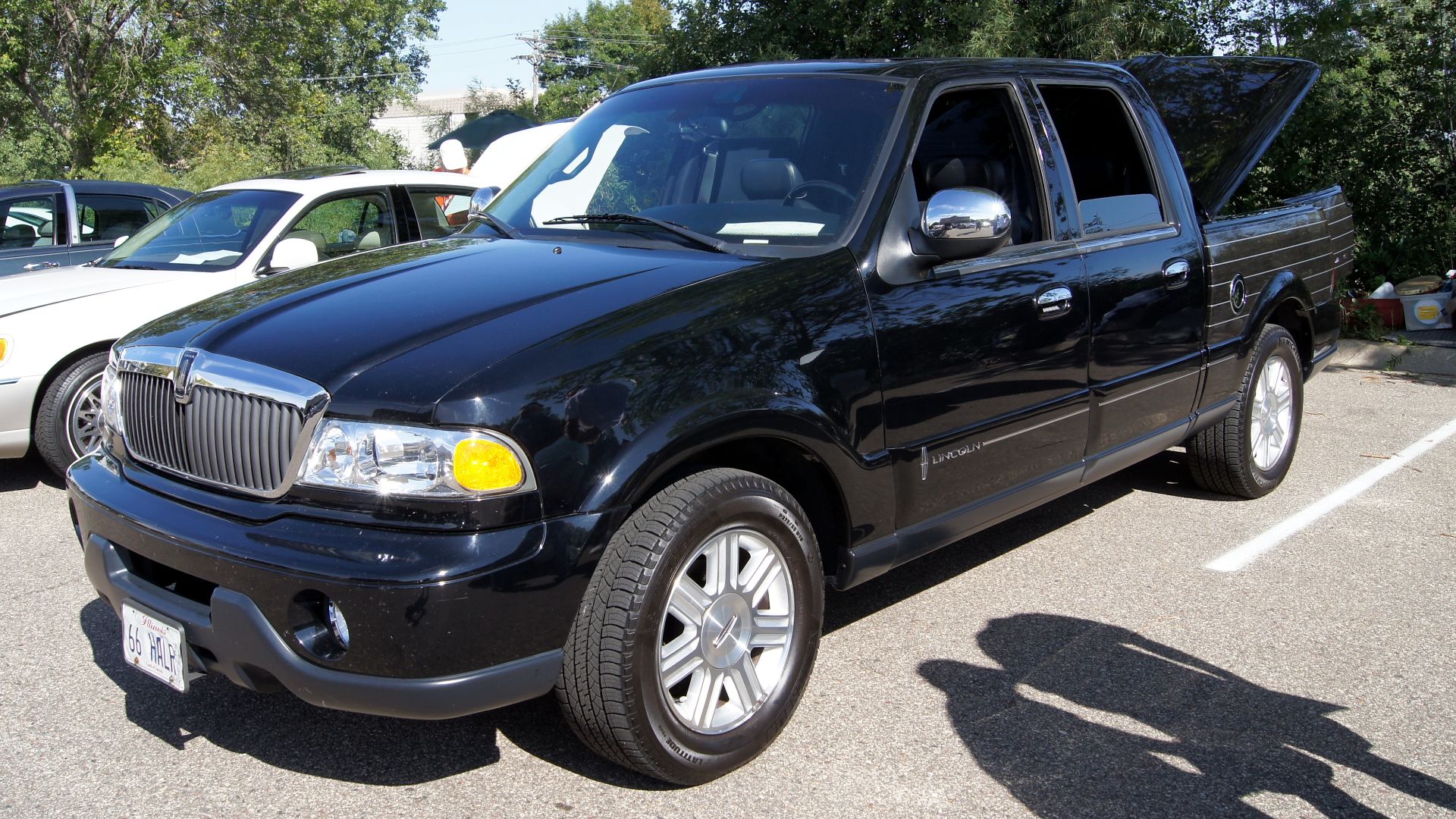 Greg Gjerdingen from Willmar, USA on Wikimedia
Greg Gjerdingen from Willmar, USA on Wikimedia
12. Cadillac Cimarron
This 1982 compact sedan was essentially a Chevy Cavalier in fancier clothes. Cadillac wanted to battle European brands, but the Cimarron became infamous as one of GM’s worst ideas. It looked bland and vanished after six years.
13. Saab 9-7X
Saab was known for eccentric engineering choices, then in 2005 it surprised enthusiasts with an SUV built on the Chevy Trailblazer platform. Fans quickly nicknamed it the “Saablingo,” and while it had Saab badges, it felt more GM than Scandinavian. Its run ended when Saab collapsed.
14. Alfa Romeo Arna
This 1983 collaboration between Alfa Romeo and Nissan was supposed to combine Italian passion with Japanese reliability. Instead, it mashed together the worst of both—uninspiring looks and questionable reliability. Sales were dismal, and the Arna is now a cautionary tale.
15. Lotus Eletre
Lotus, known for lightweight sports cars, suddenly announced a giant electric SUV in 2022. Built in China instead of the UK, it was the brand’s first-ever SUV and EV. Critics dubbed it the “least Lotus-like Lotus,” though it marks a new era for the company.
16. Volkswagen Phaeton
In 2002, VW decided it could rival Mercedes with a full-blown luxury sedan. The Phaeton was beautifully engineered but far too expensive for a brand better known for Golfs and Passats. Buyers weren’t convinced, but engineers adored it.
17. Tesla Cybertruck
In 2019, Tesla shocked the automotive world with the Cybertruck, flaunting an edgy design and lofty claims. The viral window-shattering demo fueled immediate debate. After production finally started in 2023, the vehicle remains as controversial as ever, admired by futurists while skeptics critique it as overhyped.
18. Dodge Omni GLH
Carroll Shelby turned a plain Dodge hatchback into a little rocket in the 1980s. Named “Goes Like Hell,” the Omni GLH looked ordinary but could surprise just about anyone at a stoplight. It became a cult favorite, though it felt out of step for Dodge.
19. Ford Edsel
Marketed as “the car of the future” in 1958, the Edsel became a spectacular flop. Its design was mocked—especially the grille, which critics called a “toilet seat.” Ford lost a fortune, and the Edsel went down as one of the industry’s biggest misfires.
20. Subaru SVX
Subaru tried something bold in 1991 with the SVX, a sleek sports coupe topped with canopy-style windows that looked like they belonged on an aircraft. While impressive, the price tag scared off many buyers, and only a fraction ever made it into American garages.


